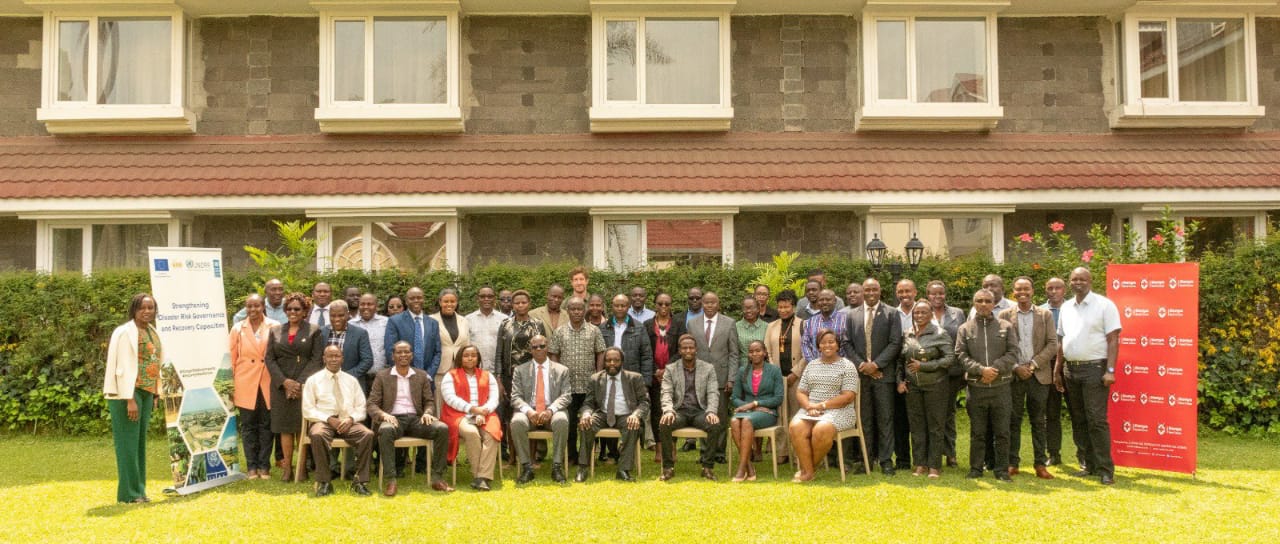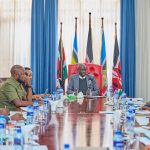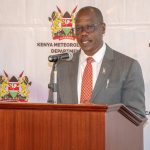Extreme weather events are becoming a course for worry as they come with devastating impacts. However, the Director of Kenya Meteorological Department Dr. David Gikungu says that the weather predictions are done with a high degree of precision “which should allow for better preparedness.”
The Director who spoke at the Ninth National Climate Outlook Forum (NCOF9) and Action Planning Process for October-November-December (OND) 2024 Short Rains Season, noted that even as the forecasts have been on point, “Unfortunately, the effects of the devastating weather conditions occur in spite of the fact that these events are well predicted by the Kenya Meteorological Department.”
In his opening speech at the meeting themed: Proactive Early Warning Systems for Climate Risks Reduction,” that brought together producers and users of weather and climate information, Dr. Gikungu said that seasonal forecasts should be seen as part of early warning hence the need to plan better for response, “on the expected impacts and anticipatory actions that can be taken to minimize the effects of adverse weather,” he noted.
While noting that the NCOF is aimed at enhancing meaningful interaction between the producers and users of climate information at the national level, “it is also a User Interface Platform and is a key pillar of the National Framework for Climate Services (NFCS),” he said adding that, “once developed, the NFCS shall coordinate institutions and enable them to work together for planning and decision-support in climate-sensitive sectors.”
He said that early warning for anticipatory action involves identification of potential risks and threats before they become full-blown crisis and “taking proactive measures to prevent or mitigate their impacts.”
The Director further advised that Early Warning Systems (EWS) are crucial for effective disaster risk reduction strategies adding that KMD has made substantial advancements in its capacity and precision to forecast weather and climate-induced events, but expressed worry that communities and various economic sectors continue to be affected by adverse events that are already predicted in form of early warning.
“Timely warnings alone do not guarantee that recipients will understand the message and that appropriate anticipatory actions will be performed to reduce the local impacts,” said Dr. Gikungu urging for a paradigm shift that could see the adoption of an Impact Based Early Warning System (IB-EWS) “by engaging various economic sectors and vulnerable communities to co-design and implement an IB-EWS,” noting that this approach will assist KMD and its stakeholders to take proactive steps to prevent or mitigate potential crises minimizing their impacts on the various economic sectors and communities at large.
In reference to the March, April to May long rains season, Dr. Gikungu urged for anticipatory early action that involves “meaningful engagement with all our stakeholders and especially with the vulnerable communities who are most affected by the negative impacts of extreme weather as evidenced during the last season.”
The NCOF9 will culminate in the release of the short rains seasonal forecast for October, November to December that is expected to aid various socio-economic sectors in planning and decision-making processes, “Indeed, one of the activities of KMD is to improve wide access and use of climate information, to enable and encourage generation and use of climate services and applications for decision-making processes at all levels,” said Dr. Gikungu.





